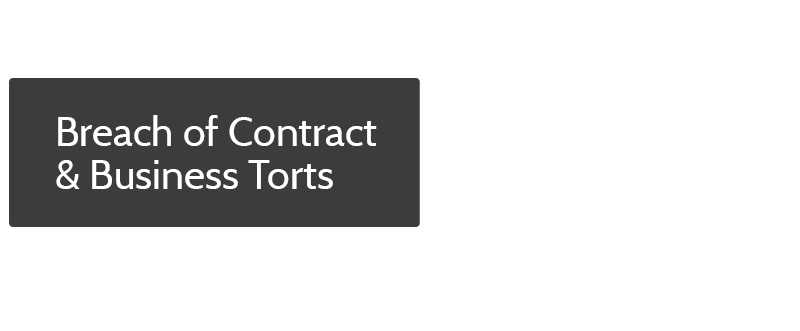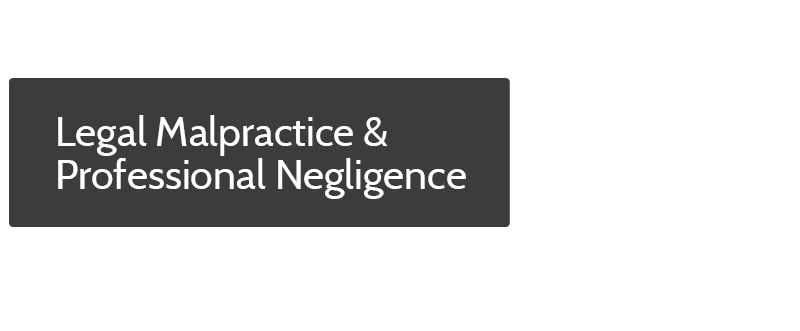Attorney Discipline vs. Attorney Malpractice
For the past few weeks, the Monday posts have focused on the basic elements of attorney competence and malpractice.
However, malpractice liability isn’t the only consequence of an attorney’s failure to provide competent representation to his or her clients. The Bar Association can also examine and discipline attorneys following allegations of improper conduct.
Methods of discipline may range from a written reprimand to suspension or revocation of an attorney’s license to practice law, and may also includes fines, mandatory classes and education, and combinations of the various forms of discipline.
The standards and rules for attorney discipline differ from those for malpractice liability in several important ways:
1. The applicable statute of limitations. As a general rule, malpractice actions against an attorney must be filed (or “commenced”) within the earlier of (a) one year after the client discovers the facts which give rise to the malpractice claim, or (b) four years after the improper attorney conduct occurred. The statute of limitations is set forth in CCP 340.6(a). By contrast, the State Bar Court has five years, measured from the date of the alleged malpractice or inappropriate conduct, to initiate disciplinary proceedings against the attorney.
2. The nature of the attorney’s legal duty. For malpractice purposes, the attorney owes the client a duty of representation which meets the standards of a reasonable attorney in similar circumstances. By contrast, the Bar can evaluate an attorney’s duty according to the attorney’s conduct under the specific circumstances under examination. The difference is one of an objective standard (used for malpractice) and a more subjective option.
3. The existence of damages. Damages are a mandatory part of a client’s claim for malpractice; the client must prove both the existence of damages and that the damages were proximately caused by the attorney’s breach of a legally recognized duty. However, the Bar Association may discipline an attorney even if no measurable damage resulted from the attorney’s wrongful conduct.
4. Procedural differences. The standards and burdens of proof in a malpractice action differ from those in a disciplinary proceeding against an attorney. Although the specific nature of these differences is largely irrelevant to an overview-level discussion, it is appropriate to note that clients pursuing a malpractice claim against an attorney will need to comply with procedural standards for civil negligence actions, whereas the Bar Association has its own set of procedural rules and guidelines.
The takeaway for clients: before proceeding with a malpractice claim against an attorney, be sure to contact a qualified malpractice specialist (a law firm or attorney specializing in malpractice litigation) and have your claim reviewed to ensure that it meets the proper standards.
The takeaway for attorneys: be sure your conduct complies with both the legal duties imposed on a “reasonable attorney” in your circumstances and also with the applicable conduct rules of the California Bar Association. Review the ethics and practice guidelines regularly, and update your practice standards accordingly.














